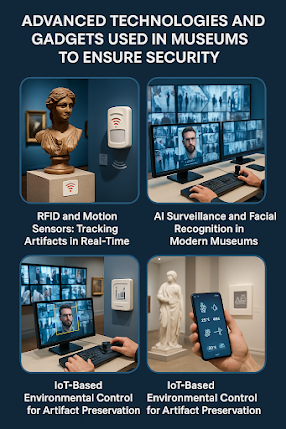Description:
In today's fast-evolving technological world, smart kitchens are revolutionizing how we prepare and manage food. One standout innovation is the AI-powered smart oven, which combines artificial intelligence with connectivity to create an intuitive and efficient cooking experience. These ovens can identify food types using built-in cameras and sensors, automatically select optimal cooking modes, and notify users via smartphone when the meal is ready. This eliminates guesswork and helps reduce food waste while maintaining taste and nutrition.
Beyond ovens, smart kitchen devices now include smart refrigerators that track inventory and suggest recipes, voice-controlled microwaves, and IoT-enabled dishwashers that monitor water usage. These appliances can be connected to centralized systems such as Amazon Alexa or Google Assistant, allowing complete control with voice commands or mobile apps. The integration of technology like machine learning and real-time data analysis ensures that users receive personalized experiences based on cooking habits and preferences.
This leap in kitchen tech is not only about convenience but also about sustainability. Energy-efficient devices, waste reduction features, and nutritional tracking are now integral to smart kitchens. As this trend continues, we can expect homes to become more autonomous, safer, and tailored to modern lifestyles.
Headlines:
🧠1. AI-Powered Smart Ovens: The Future of Effortless Cooking
These ovens come equipped with internal cameras, sensors, and AI algorithms that recognize food items, suggest optimal cooking settings, and prevent overcooking. With automatic mode adjustments and smartphone alerts, they remove guesswork and deliver consistently perfect meals.
🗣️ 2. Voice-Controlled Kitchen Gadgets Redefining Convenience
From microwaves to coffee makers, voice-enabled devices powered by Alexa or Google Assistant let users manage tasks hands-free. Say “start baking” or “boil water,” and your smart kitchen responds instantly — perfect for multitasking or accessibility.
🌱 3. Smart Kitchens Supporting Sustainability and Healthy Living
Smart refrigerators can track groceries, suggest recipes to avoid waste, and notify you before food expires. Connected dishwashers and stoves optimize water and energy use, while nutritional apps sync with cooking appliances to support healthier diets.
"This Content Sponsored by Buymote Shopping app
BuyMote E-Shopping Application is One of the Online Shopping App
Now Available on Play Store & App Store (Buymote E-Shopping)
Click Below Link and Install Application: https://buymote.shop/links/0f5993744a9213079a6b53e8
Sponsor Content: #buymote #buymoteeshopping #buymoteonline #buymoteshopping #buymoteapplication"







